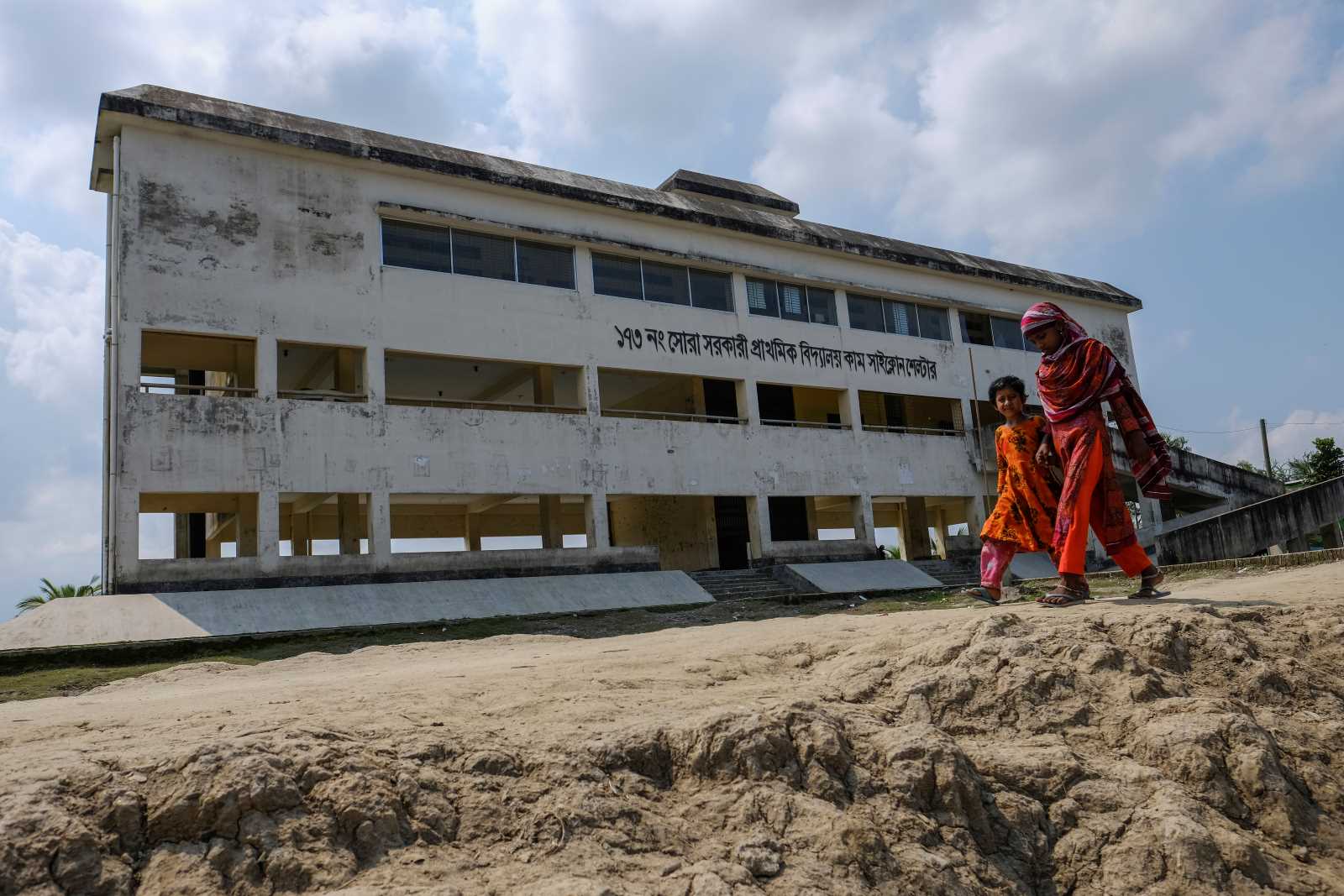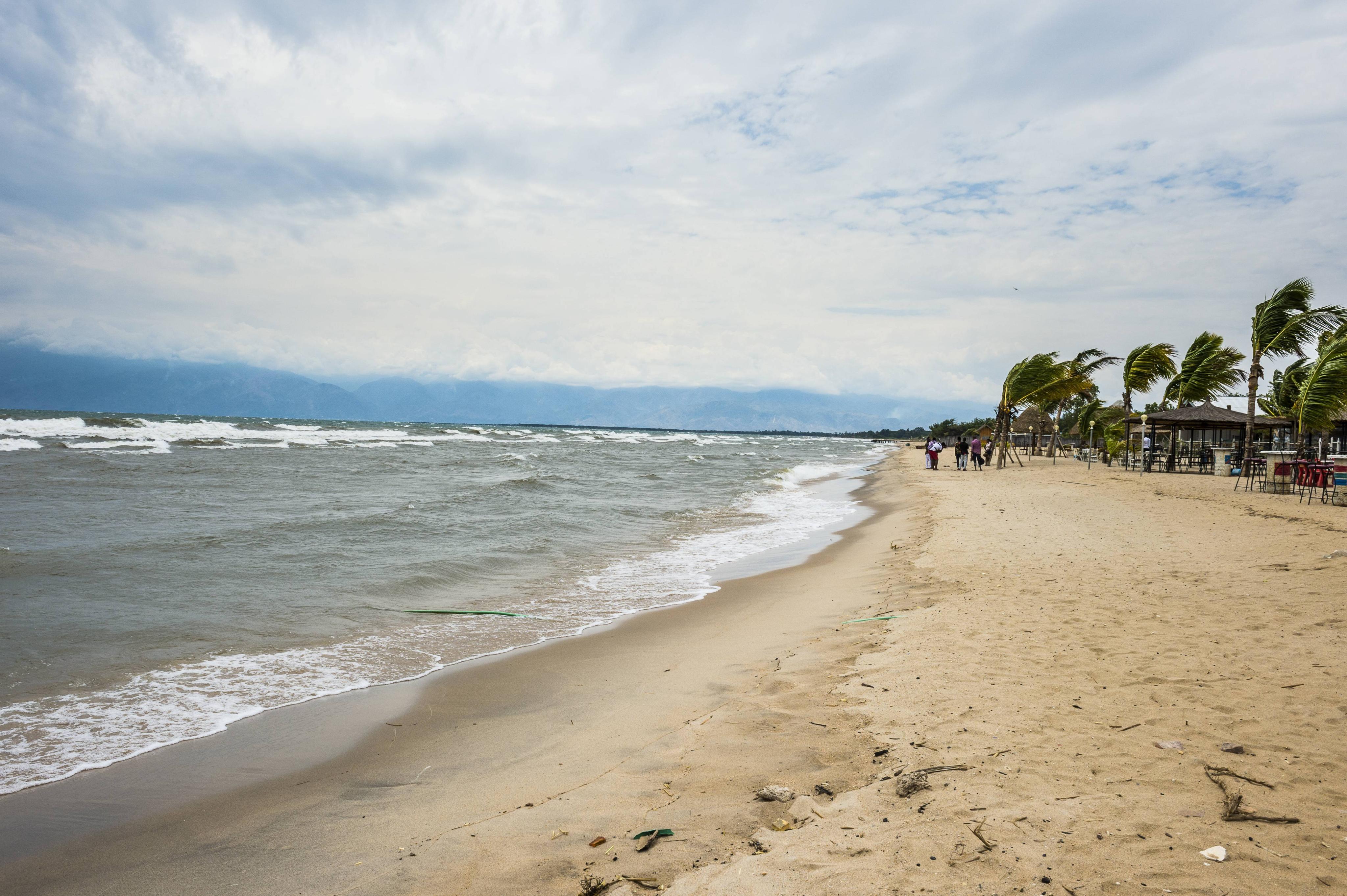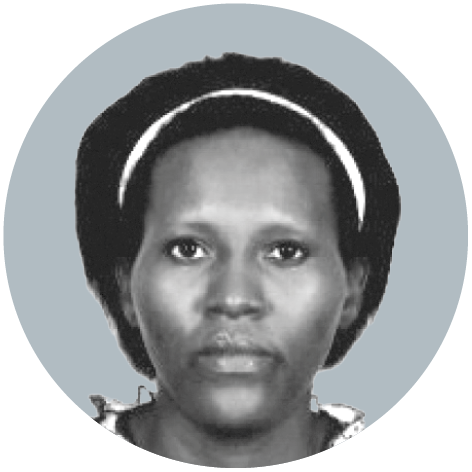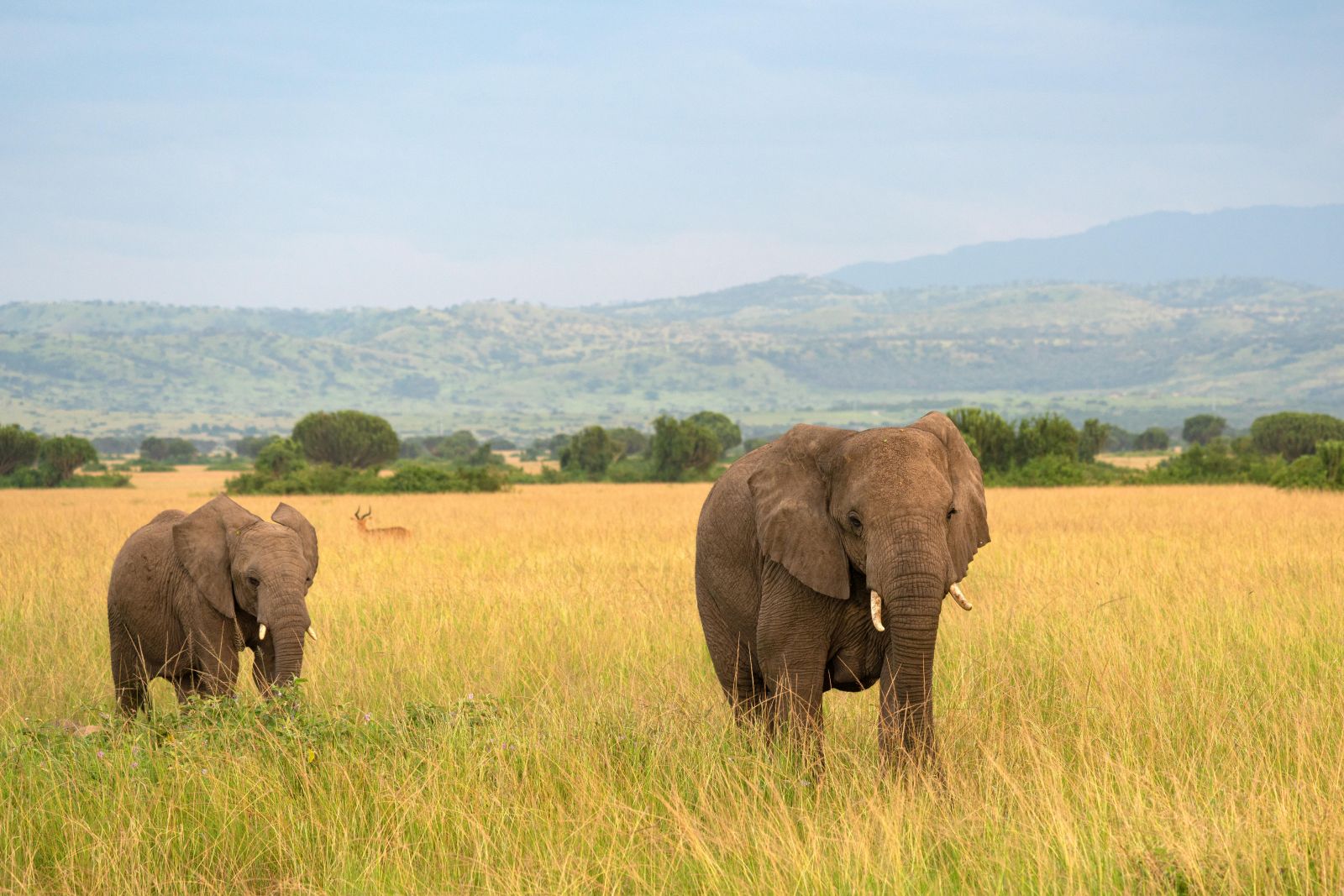Fire hazards
Up in flames
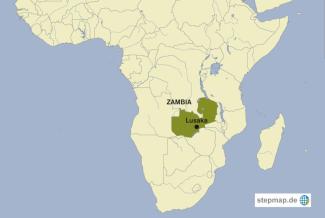
When night falls, kerosene lamps and candles provide lighting, particularly during the frequent power cuts caused by low water levels in hydropower dams (also see my contribution in D+C/E+Z e-Paper 2020/05, Focus section).
In these conditions, a moment’s inattention can cause entire neighbourhoods to go up in flames. And in fact, this happens with increasing frequency. According to the Lusaka City Council, the city recorded 1,176 fire cases in 2019 compared to 1,000 in 2018. “The biggest fire hazards are in the homes of the less privileged, where fire prevention measures are very low,” says Lusaka Fire Brigade Deputy Chief Robert Banda.
According to the Center for International Forestry Research (CIFOR), a non-profit scientific organisation, up to 90 % of Zambia’s households rely on wood fuel to meet their energy needs. CIFOR’s “Forests News” portal reported earlier this year on “an unprecedented charcoal boom” in Zambia’s cities, which is depleting the country’s forests.
Environmentalists blame the government’s energy policy, which relies too heavily on hydropower that falls short of demand in times of drought. “This regime should invest in sustainable sources of electricity instead of forcing people to use hazardous fuels,” says activist Amos Nkandu.
Making matters worse are deficiencies in firefighting infrastructure. Lusaka, the capital with over 2.5 million people, has only one fire station. It was inaugurated in 1959 and still uses some obsolete firefighting equipment.
The country’s firefighters are facing an uptick in fires mainly in poor districts, where residents cannot afford solar or diesel powered generators and rely on open fires instead. One example of many occurred in June, when six members of a family – two women and four children – died when fire engulfed their home in Kabwe, the capital of Central Province. “I was on night duty and was alerted by neighbours that my house was on fire,” said the father of the deceased children. “When I arrived, I could no longer identify my kids.”
In another example earlier this year, three children received serious burns in a fire in their home in Lusaka’s Kanyama compound. The fire broke out after a 14-year-old dozed off and left a burning candle on the edges of the mattress where she and her siblings, aged three and six, were sleeping.
In the face of persistent reports of house fires, in 2017 the government bought 42 fire trucks at a cost of $ 1 million each – a controversial price that still enrages citizens. When fire trucks arrive at the scene of a fire, some citizens express their rage by throwing stones at the firefighters and the fire trucks, particularly if firefighters arrive too late to limit loss of life and property.
For firefighter Nick Zulu, the controversy adds to the difficulty of responding to fires that may be hard to reach from the central fire station. “I love this job but our daily experience in the field puts me off sometimes,” he says.
Further reading
Forests News:
https://forestsnews.cifor.org/64586/drought-fuels-charcoal-boom-in-zambia?fnl=en
Derrick Silimina is a freelance journalist based in Lusaka. He focuses on Zambian agriculture and sustainability issues.
derricksilimina@gmail.com

